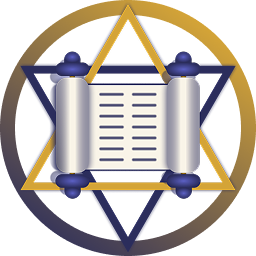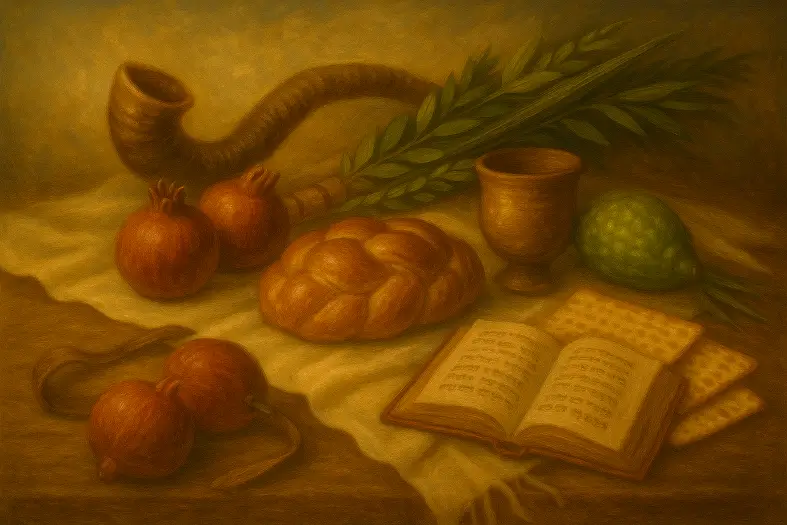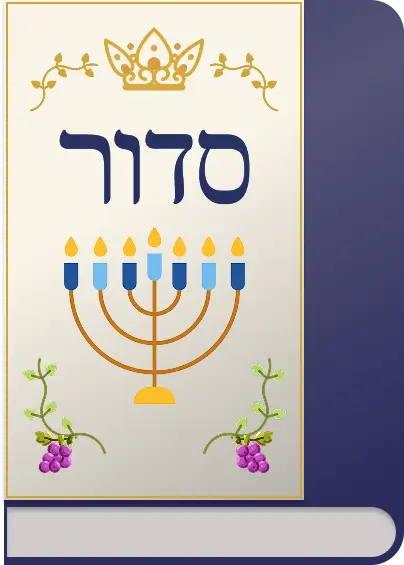


Chametz may not be visible in your possession during all seven days of Pesach.
This mitzvah forbids having chametz visible in one’s property during the seven days of Passover. It is not enough to avoid eating chametz — the Torah requires its complete removal from sight and possession. This obligation is fulfilled through bi’ur chametz (destruction) and bitul chametz (nullification), symbolizing both the physical and spiritual removal of arrogance, often likened to leaven. These words in the pasuk [chometz and s'or] are not two separate prohibitions with separate content, but rather one and the same idea. The Sages said this explicitly: "The verse begins with chometz and ends with s'or. This teaches you that chometz and s'or are the same." The intention of this statement: there is no difference between the s'or itself and that which it made into chometz. [I.e., both are included in this one prohibition].
Commentary & Classical Explanation:


Mitzvot related to the Jewish festivals — their observance, rituals, prohibitions, and spiritual significance. This includes Torah-commanded holidays like Pesach, Shavuot, and Sukkot, as well as rabbinic celebrations such as Purim and Chanukah.
Represents Emunah—the deep, inner trust in Hashem’s presence, oneness, and constant involvement in our lives. This badge symbolizes a heartfelt connection to G-d, rooted in belief even when we cannot see. It is the emotional and spiritual core of many mitzvot.
Represents the concept of spiritual intentionality, purity, and sanctity—set apart for a higher purpose.
Signifies awe and reverence toward Hashem—living with awareness of His greatness and presence.
Mitzvot that define and deepen the relationship between a person and their Creator. These include commandments involving belief, prayer, Shabbat, festivals, sacrifices, and personal holiness — expressions of devotion rooted in divine connection.

Dive into mitzvot, prayer, and Torah study—each section curated to help you learn, reflect, and live with intention. New insights are added regularly, creating an evolving space for spiritual growth.

Explore the 613 mitzvot and uncover the meaning behind each one. Discover practical ways to integrate them into your daily life with insights, sources, and guided reflection.

Learn the structure, depth, and spiritual intent behind Jewish prayer. Dive into morning blessings, Shema, Amidah, and more—with tools to enrich your daily connection.

Each week’s parsha offers timeless wisdom and modern relevance. Explore summaries, key themes, and mitzvah connections to deepen your understanding of the Torah cycle.